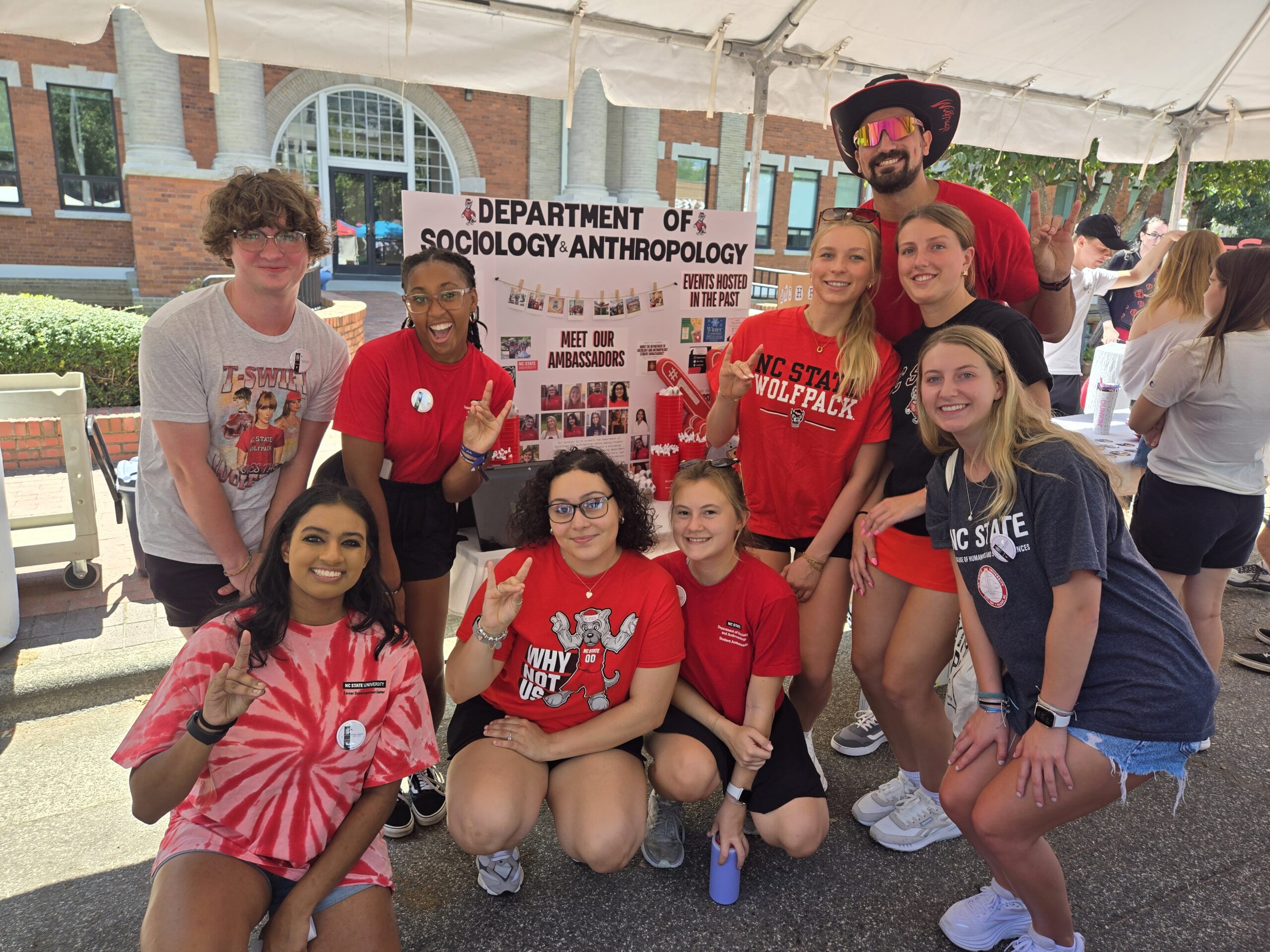Study Highlights Pitfalls Associated With ‘Cybervetting’ Job Candidates

For Immediate Release
A recent study of how human resources professionals review online information and social media profiles of job candidates highlights the ways in which so-called “cybervetting” can introduce bias and moral judgment into the hiring process.
“The study drives home that cybervetting is ultimately assessing each job candidate’s moral character,” says Steve McDonald, corresponding author of the study and a professor of sociology at North Carolina State University. “It is equally clear that many of the things hiring professionals are looking at make it more likely for bias to play a role in hiring.”
For this study, the researchers conducted in-depth interviews with 61 human resources professionals involved in recruitment and hiring across many industries. Study participants ranged from in-house HR staff to executive recruitment consultants to professionals at staffing agencies.
“One of the things that cropped up repeatedly was that cybervetting not only judges people’s behavior, but how that behavior is presented,” says Amanda Damarin, co-author of the paper and an associate professor of sociology at Georgia State University. “For example, one participant noted that his organization had no problem with employees drinking alcohol, but did not want to see any photos of alcohol in an employee’s social media feed.
“There’s a big disconnect here. On the one hand, HR professionals view social media as being an ‘authentic’ version of who people really are; but those same HR professionals are also demanding that people carefully curate how they present themselves on social media.”
“It was also clear that people were rarely looking for information related to job tasks – a point some study participants brought up themselves,” McDonald says. “And the things they did look for reflected their explicit or implicit biases.”
For example, study participants referenced looking for things like posts about hiking and family photos of Christmas. But most people who hike are white, and most people who post Christmas photos are Christians. Study participants also expressed a preference for online profiles that signaled “active” and “energetic” lifestyles, which could lead to discrimination against older or disabled job seekers.
And it was often unclear what job candidates could do to address concerns about bias in cybervetting. For example, while many study participants noted that putting a photo online created the opportunity for bias to affect the hiring process, other study participants noted that not having a “professional” profile picture was in itself a “red flag.”
“Some workers have a social media profile that sends the right signals and can take advantage of cybervetting,” McDonald says. “But for everyone else, they are not only at a disadvantage, but they don’t even know they are at a disadvantage – much less why they are at a disadvantage. Because they don’t necessarily know what employers are looking for.”
“Some of the people we interviewed were very aware that cybervetting could lead to increased bias; some even avoided cybervetting for that reason,” Damarin says. “But others were enthusiastic about its use.”
Researchers say one of the key takeaways from the work is that there need to be clear guidelines or best practices for the use of cybervetting, if it is going to be used at all.
“The second takeaway is that the biases and moral judgments we are hearing about from these HR professionals are almost certainly being incorporated into software programs designed to automate the review of job candidates,” McDonald says. “These prejudices will simply be baked into the algorithms, making them a long-term problem for both organizations and job seekers.”
The paper, “The hunt for red flags: cybervetting as morally performative practice,” appears in the journal Socio-Economic Review. The paper was co-authored by Hannah McQueen, a Ph.D. student at NC State; and Scott Grether, an assistant professor of sociology at Longwood University and former Ph.D. student at NC State.
-shipman-
Note to Editors: The study abstract follows.
“The hunt for red flags: cybervetting as morally performative practice”
Authors: Steve McDonald and Hannah McQueen, North Carolina State University; Amanda K. Damarin, Georgia State University; Scott T. Grether, Longwood University
Published: Feb. 10, Socio-Economic Review
DOI: 10.1093/ser/mwab002
Abstract: Cybervetting refers to screening job candidates by evaluating information collected from internet searches and social media profiles. Relatively little is known about how organizational actors use this practice in hiring decisions. Interviews with 61 human resource (HR) professionals reveal that they cybervet in order to minimize hiring risks and maximize organizational fit. Their judgments are deeply rooted in assessments of job candidates’ moral character and how it might affect workplace interactions. Because it involves the construction of moral criteria that shape labor market actions and outcomes, we describe cybervetting as a morally performative practice. HR professionals express enthusiasm for cybervetting, but also concerns about privacy, bias and fairness. Importantly, cybervetting practices and policies vary substantially across different types of organizations. These findings deepen our understanding of how organizational actors define and regulate moral behavior and how their actions are moderated by market institutions.
- Categories:


